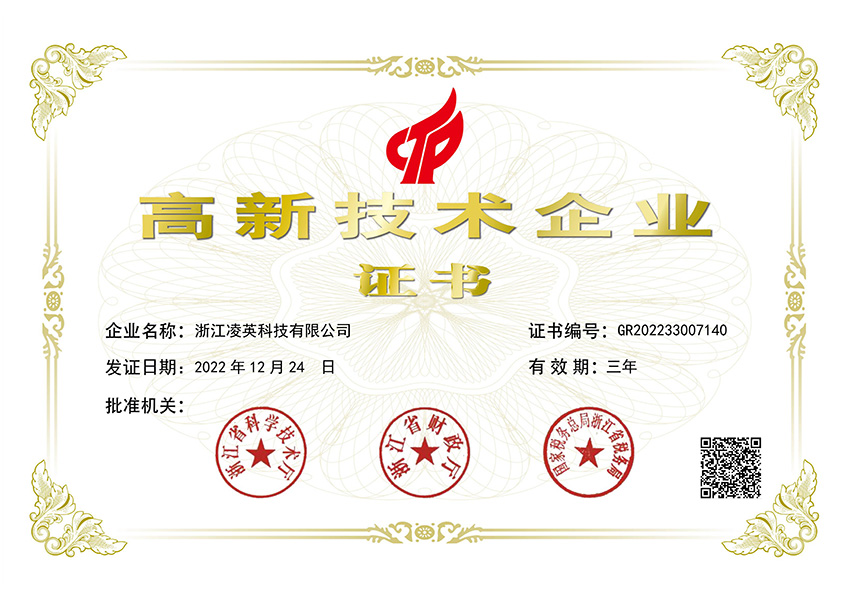Perhaps no device has undergone such continual evolution and development in the past 50 years as the portable primary power source—the battery. Portability, miniaturization and computerization in electronic devices have driven a good deal of this change. Common applications now include power source and memory backup for computers, cell phones, remote controls, cameras, control/assist in automotive, utility meters, data loggers, emergency tracking systems, security systems, RFID tags, defibrillators, and other sophisticated medical and military applications.
Driven by these many applications, changes are being seen in a variety of battery characteristics. Where alkaline and nickel cadmium once dominated, now Lithium-ion batteries are commonly used in portable consumer electronics because of their high energy-to-weight ratios, lack of memory effect and slow self-discharge when not in use. Cylindrical Battery Cells

In addition to consumer electronics, lithium-ion batteries are also being used in defense, automotive and aerospace applications. These lithium cells are used not only for memory backup applications, but are now the primary power source for mobile electronics. The result is that the lithium-ion batteries are now available in a variety of shapes and sizes.
Low self-discharge is another performance goal leading to longer shelf life. Today, a five-year shelf life for lithium cells is common and 10 years is common in certain demanding commercial and military applications. The lithium coin cells used for memory backup in computers are likely to outlast the hardware they are used in.
These examples demonstrate that as electronic products have grown, different demands requiring different designs have driven the evolution of the chemical battery. That is not all that has evolved, however.
Most battery holders are designed so batteries can be easily installed and replaced.
There is a direct connection between the battery and the device it powers. The bridge between them is the connection device, and this has had to evolve as well. Time was when battery connectors were simply stamped, plated and then riveted onto printed circuit boards and soldered. Early battery connectors were crude compared with today’s devices, which are often major components incorporating sophisticated interconnection technology.
As battery connection devices have evolved, they have had to meet a number of challenges. The lithium batteries can be dangerous if not used properly; improper use can cause Li-ion batteries to explode. To minimize the dangers of some of these cells, Li-ion battery manufacturers have added circuit protection to the end of the battery which extends the length and helps to protect the devices they are used in. Therefore, battery holders must be able to accommodate these longer than average cells.
These connectors are used on PCBs or in self-contained battery compartments. They may include such features as insulated polarization designs, inverse polarity protection and battery retention latches.
Rugged construction. When batteries were larger, contacts could be larger. With the trend toward smaller and lighter designs, lighter contact forces must still provide reliable connections. They have to be just as rugged as former connections to hold the battery securely while withstanding shock and vibration, but at a fraction of the size and weight.
One solution to the problem of balancing strength and size has been to employ holders and retainers design and manufacturing technology to develop battery holders constructed of a combination of plastic and metal subcomponents.
For demanding applications where cost and space are a concern—for instance, in the toy industry and for promotional throwaway products—stamped contacts and clips are used. Retainer clips are available to lock the batteries in place while offering the lowest possible profile and prevent loosening or shifting of the battery.
Another design consideration is how to prevent the battery from being put in the wrong way. By polarizing the contacts, the battery holders assure proper continuity and circuit protection.
High-density packaging. With space at a premium in many commercial and consumer electronics, not only the batteries, but also the holders and retainers are following a trend toward miniaturization. As a result, low-profile holders and compact battery contacts become necessary. These components must be compatible with pick-and-place assembly systems; they should be balanced and lightweight for reliable tape packaging and machine pick-up and placement.
Manufacturing costs. Today, the cost of materials, including specialized plating, has made tooling an integral part of any application. Holders and retainers have to remain economical while providing reliable performance. Many manufacturers must use high-speed presses to reduce cost for stamped contacts. Molds must be designed with multiple cavities to reduce run time. Standard stock parts are made available to meet most applications.
The use of an inexpensive but durable connection solution is seen in numerous battery clip designs in today’s computers and electronics. When PCBs are disposed of, the batteries on the boards may be disposed of separately. With the latest battery connectors, taking out a battery is as easy as putting it in. The battery holders and retainers have to be environmentally friendly and must be RoHS compliant.
The future of batteries, like that of so many of the products they power, is clearly trending toward smaller, lighter and more powerful models. Innovation is the order of the day. Developing concurrently with these new battery designs are battery connectors. Suppliers of battery connection hardware must now have their own in-house engineering and testing departments to keep up with the demand. They have come up with low profile, lightweight, yet durable battery connector designs that are available in the most up-to-date packaging formats for automated placement.

Workshop Table This article was submitted by Keystone Electronics.